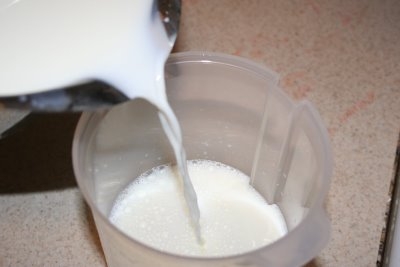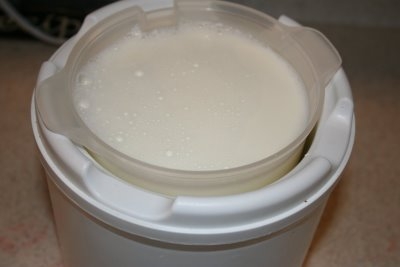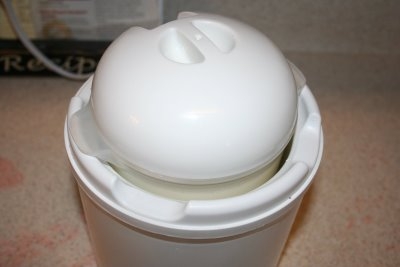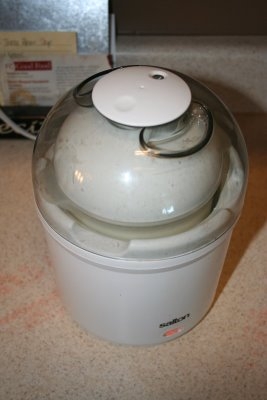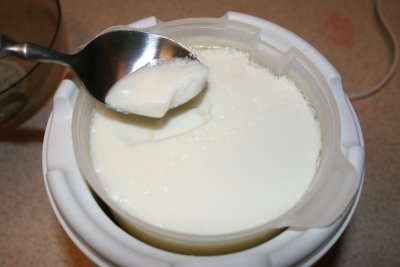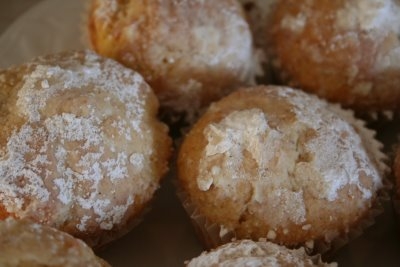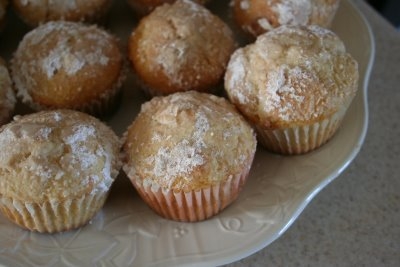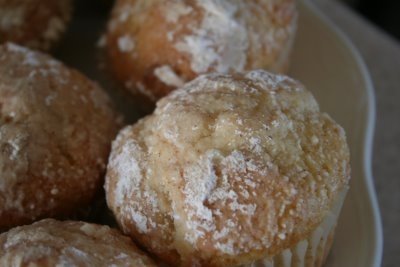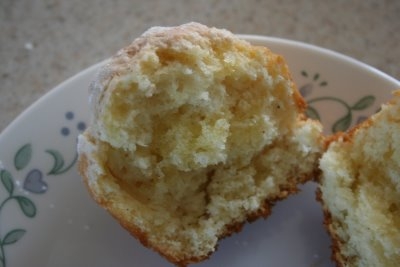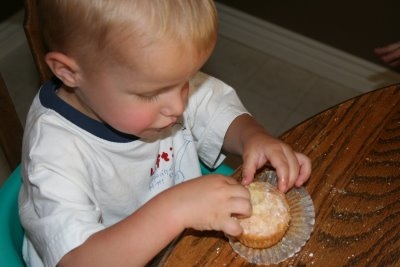I got a lot of funny comments on my blog and facebook and some great ideas were thrown out. I would like to address some of those comments.
No, it isn’t for a secret night cap or to get me though the day
It isn’t for cleaning paint brushes, I didn’t even know you could do that!
No, it isn’t for our year supply.
No, it isn’t to keep on hand to barter when times get bad.
Several people guess vanilla extract, and they were correct.
 I saw a tutorial for making homemade vanilla and me, being who I am, just had to try it.
I saw a tutorial for making homemade vanilla and me, being who I am, just had to try it.
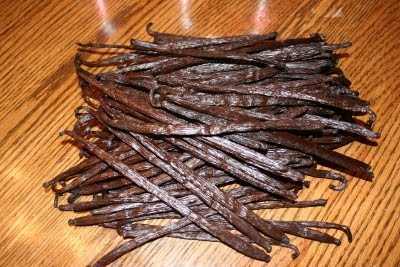
(I got my vanilla beans here)
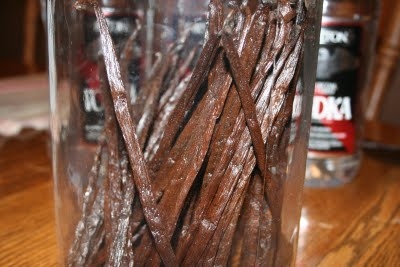 Place the beans in a gallon sized glass jar
Place the beans in a gallon sized glass jar
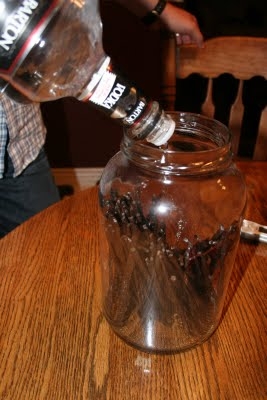
and pour the vodka over the top.
My friend Charlotte wanted to know if I felt weird purchasing the Vodka. I will be honest and admit that I sent my husband for the liquor. In Utah you can’t buy liquor at the grocery store, there are special State Liquor stores that you have to go to, and he said he felt like a fish out of water.
Now the real question: What are we going to do with the extra half gallon of Vodka!

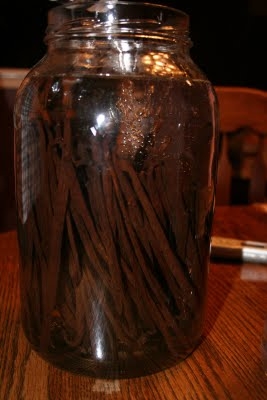


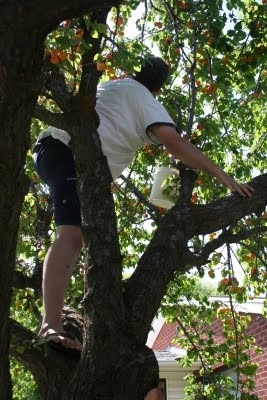
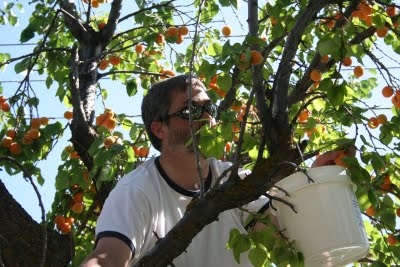

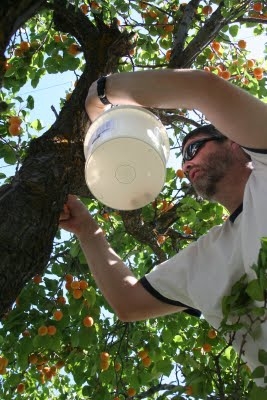
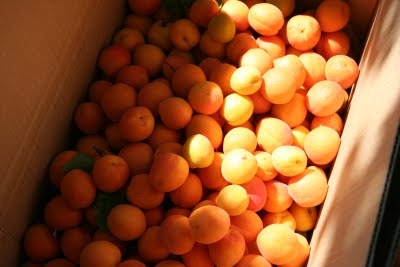
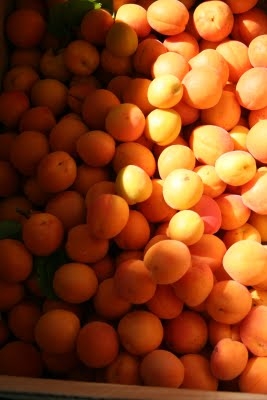
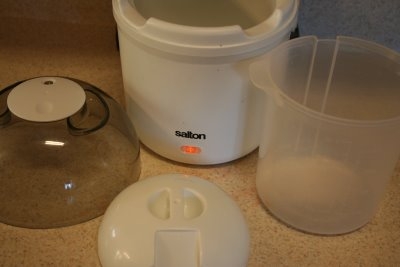
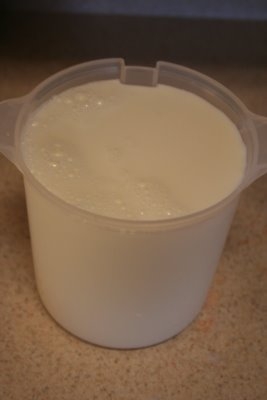
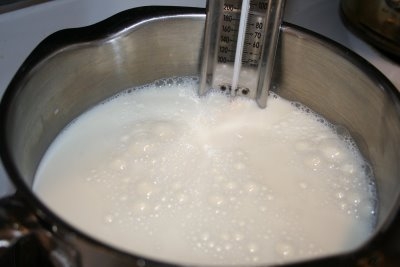
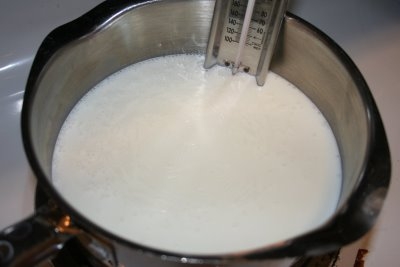
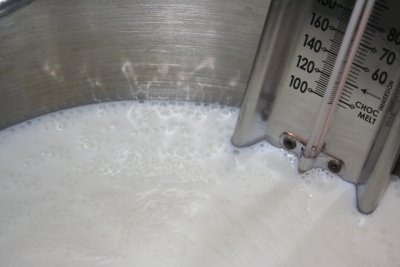
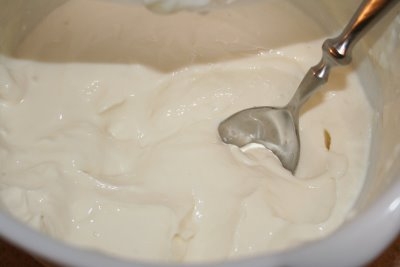 When it has cooled to 120 degree pour a little off into a bowl and add your starter. You can buy dry yogurt starter at a health food store, or you can use plain cultured yogurt. For this batch I used a couple spoonfuls of my
When it has cooled to 120 degree pour a little off into a bowl and add your starter. You can buy dry yogurt starter at a health food store, or you can use plain cultured yogurt. For this batch I used a couple spoonfuls of my 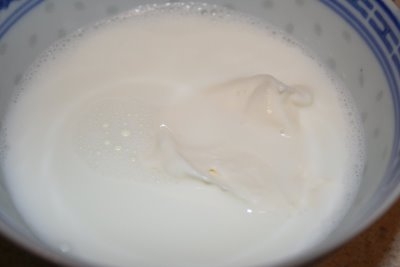
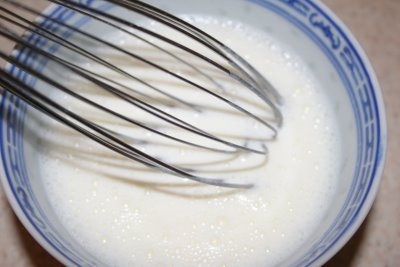
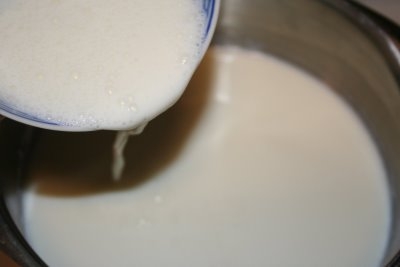 Then, once again, pour it back into the yogurt maker.
Then, once again, pour it back into the yogurt maker.
